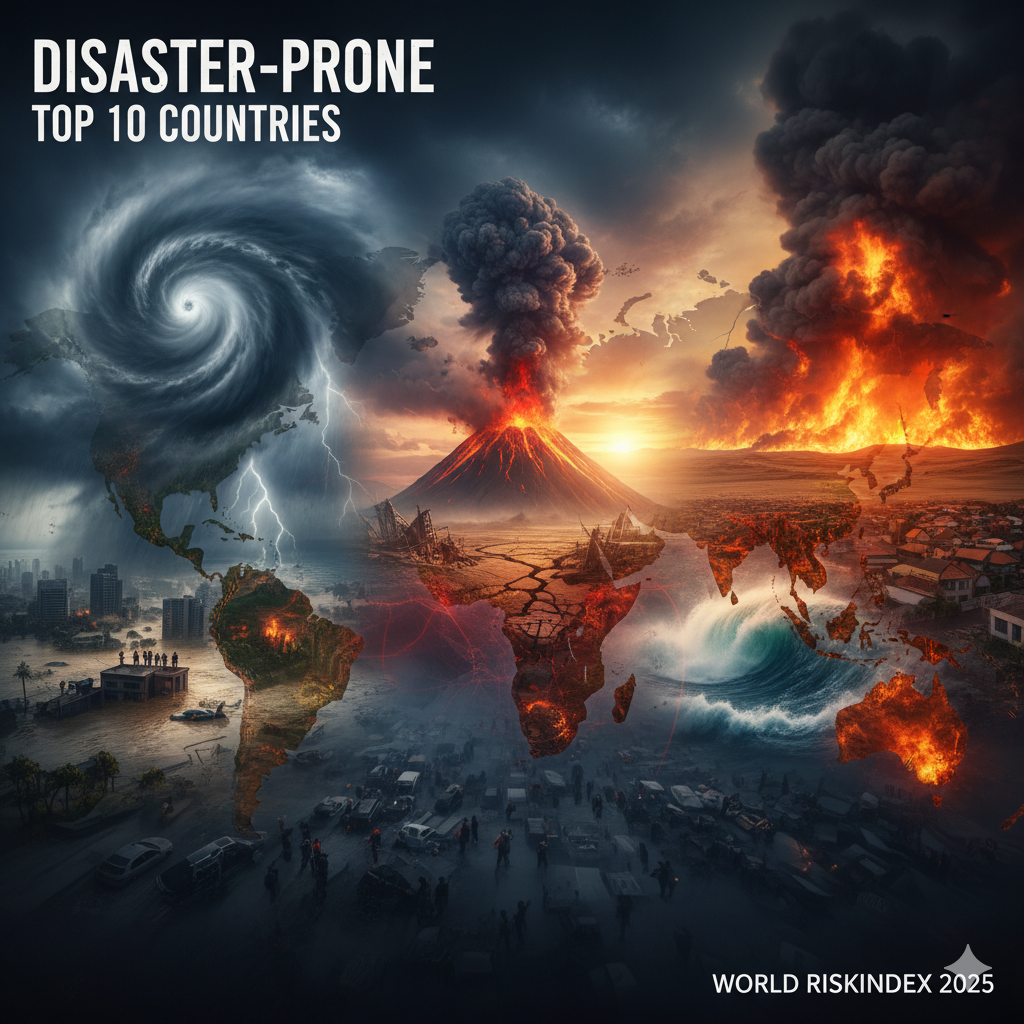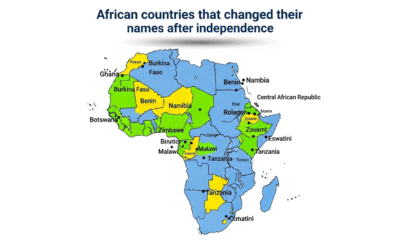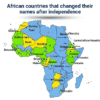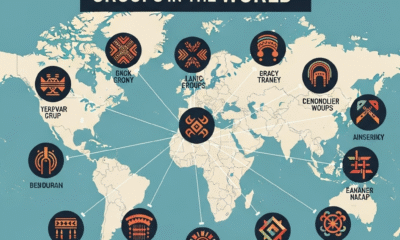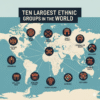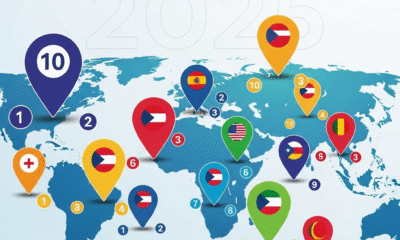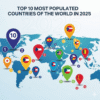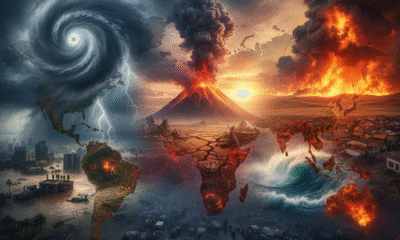Every year, natural events like floods, earthquakes, and strong storms threaten millions of people around the globe.
While these events happen everywhere, some countries face much higher risks because of where they are located and how prepared their people and governments are.
Disaster risk is not just about a powerful storm, it is also about how weak a society is against that storm.
The World RiskIndex (WRI) is a tool that experts use to measure this danger for almost every country on Earth. It looks at two main things, the Exposure (how likely a country is to be hit by a disaster) and the Vulnerability (how easily the people can be harmed and how hard it is for them to cope and recover). The higher the score on the WRI, the more disaster-prone the country is.
In 2025, the WRI shows that the countries with the highest risk are mainly found in Asia and the Americas.
This suggests that many of the world’s most populated and active regions face the biggest threats from nature.
The information in this report helps governments and aid groups focus their efforts to save lives and build stronger communities before the next big event happens.
Group 1: The Island and Coastal Areas
This group of countries includes the Philippines, Indonesia, Myanmar and Mozambique. These nations are highly exposed to sea-related hazards like typhoons, tsunamis, and coastal flooding.
The Philippines, for example, is situated right on the main typhoon belt in the Pacific, meaning it is hit by an average of 20 typhoons every single year, with some turning into devastating super-typhoons.
Indonesia is the world’s largest archipelago, or group of islands, which puts nearly all its people close to the sea and its dangers. Both the Philippines and Indonesia sit on the “Pacific Ring of Fire,” a line around the ocean where many earthquakes and volcanic eruptions happen. This geological location means they constantly face the triple threat of volcanoes, major earthquakes, and tsunamis.
While Myanmar and Mozambique are also hit hard by tropical cyclones and severe flooding, the main problem for all countries in this group is their Vulnerability. Many of their citizens live in crowded, low-lying coastal areas in simple homes. When a disaster strikes, it is very hard for local governments to warn everyone, quickly move people to safety, and provide aid because of the many islands and difficult road networks. This lack of ability to cope and adapt drives their very high ranking on the World RiskIndex.
Group 2: The South and East Asian Countries
The next group includes India, China and Pakistan. These three countries are on the list because they have extremely large populations and a massive number of people living in areas that are prone to major natural events. Even though China’s ranking is lower than India’s, the sheer number of people at risk there is huge.
India and Pakistan both face a severe threat from monsoon flooding every year. The large rivers that cross these countries often overflow during the heavy seasonal rains, displacing millions of people and destroying vital farmlands. Pakistan, especially, has been hit by super-floods that cover vast areas of the country, showing how dangerous a changing climate is to the entire region.
China’s ranking shows a different story, though. China is extremely exposed to many hazards like floods and earthquakes and still one of the most exposed countries in the world even though its overall risk is lower than others on the list. This is because the World Risk Index factors in Coping and Adaptive Capacities; China has strong systems to move people, build better infrastructure, and invest money to reduce its vulnerability. However, the risk remains high because so many people live in threatened areas.
Group 3: The Latin American and Eurasian Axis
This final grouping covers Colombia, Mexico and Russia. These countries have high risk due to their specific geographic dangers and the vastness of their territories.
Both Colombia and Mexico are located in a region known for being unstable, and both face major threats from earthquakes, volcanic activity, and landslides in mountainous areas.
Mexico and Colombia’s vulnerability comes partly from their topography. Large populations live in big cities that are close to active volcanoes or along faults where earthquakes happen. For instance, Mexico City is famously built on a soft lakebed, which makes earthquake shaking much worse. In Colombia, heavy rain often causes dangerous landslides that bury communities built on steep hillsides.
Russia is a unique case on this list. Its ranking is mainly due to its massive land size and the risks in its far-eastern regions and along its long coastlines. While much of the country has lower population density, it faces specific climate-related threats like wildfires, permafrost thaw, and coastal erosion. When the permanently frozen ground (permafrost) in its cold regions melts, it can destroy buildings, roads, and pipelines, making the country’s risk score very high overall.
